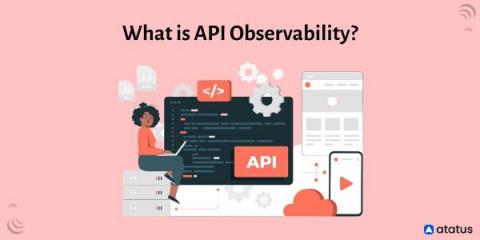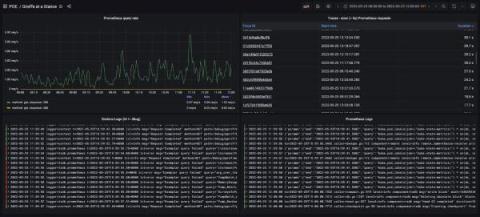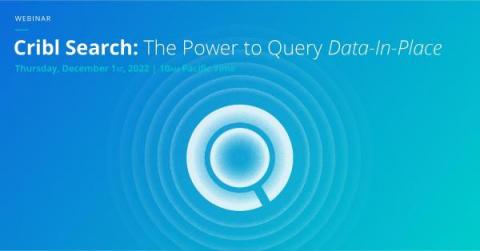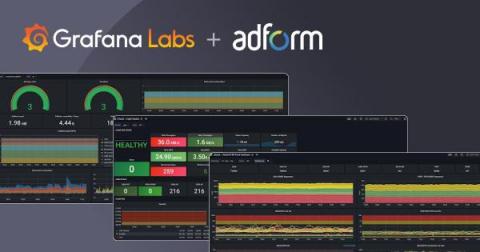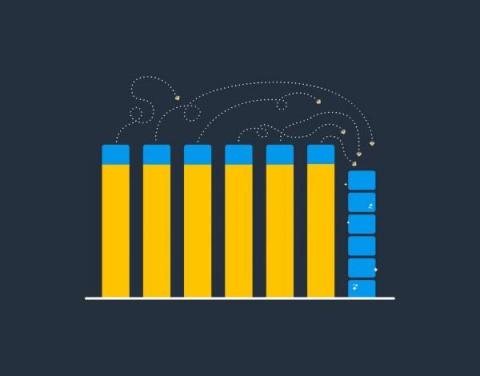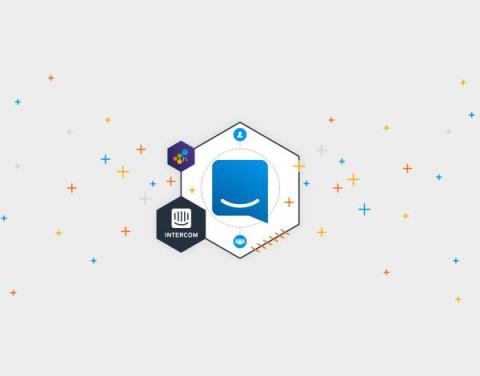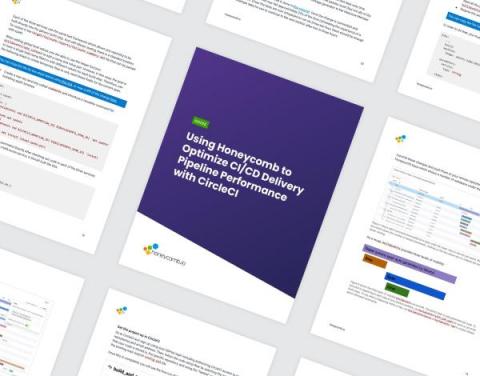What is API Observability?
Mission-critical apps that are deployed on the cloud drive today's modern enterprises, which in turn power their businesses. These applications' fundamental units are microservices, which tiny development teams created to enable speedy feature releases to the market. APIs serve as the ties that bring these microservices together so they can cooperate.


